Space news stories

This phenomenon happens roughly every 11 years and marks an important stage in the solar cycle. The shift in polarity indicates the halfway point of solar maximum, the height of solar activity, and the beginning of the shift toward solar minimum.

Thin dusting of water ice appears to form overnight in summit craters and evaporate after sunrise, scientists say
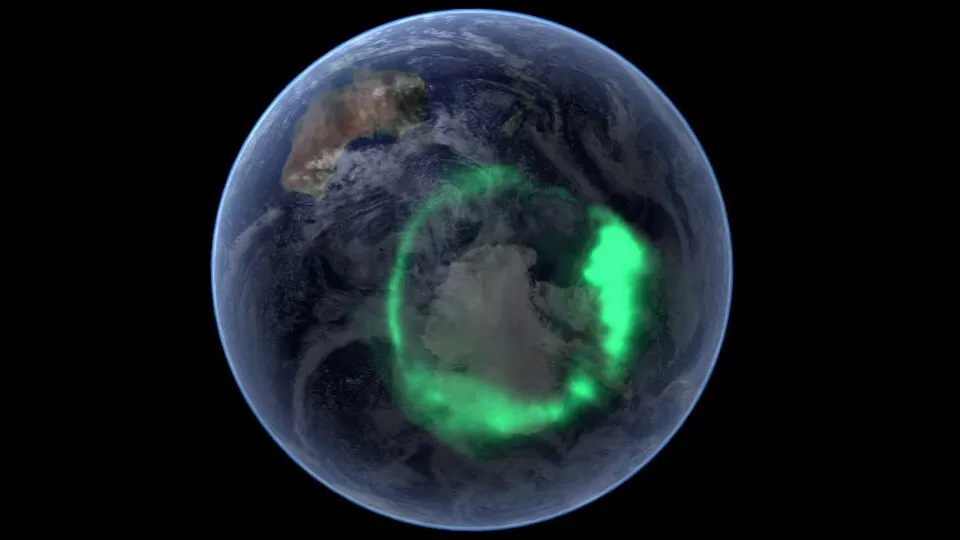
Mysterious dark matter could slosh over our planet like a wave. If it does, it may produce telltale radio waves in Earth’s atmosphere, new theoretical research suggests.
Details of the “highly unusual” neutron star’s discovery is published in Nature Astronomy. There have been more than 3,000 radio-emitting neutron stars discovered. The newly found star’s spin is well outside what astrophysicists predict of neutron star behaviour.
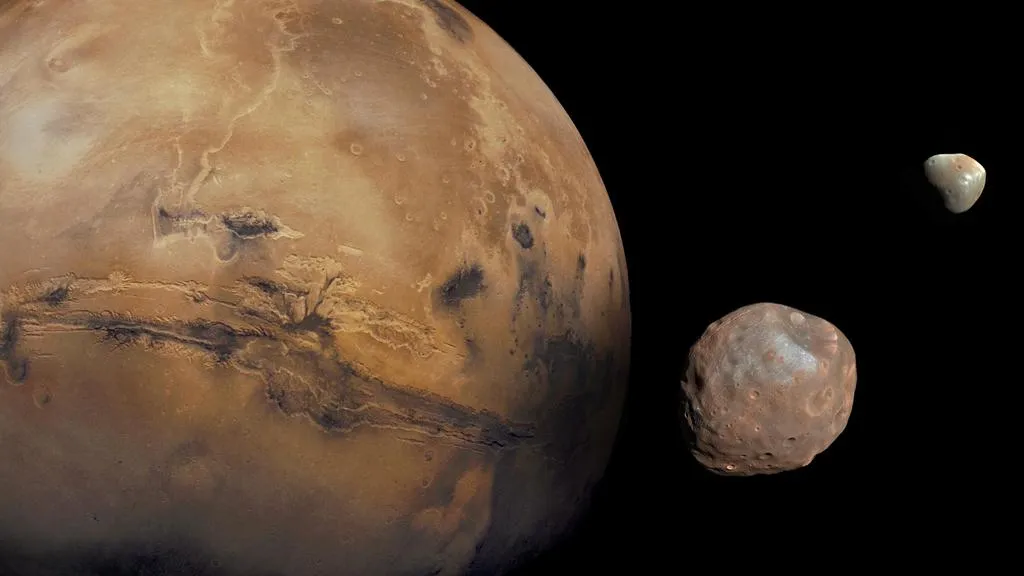
Mars’ moon Phobos may actually be a comet — or at least part of one — that was gravitationally captured by the Red Planet long ago, a new preprint study based on previously unpublished photos suggests.

Six of the planets of the Solar System are about to line up for a rare sight in Earth’s sky. In the wee small hours of 3 and 4 June 2024, Mercury, Mars, Jupiter, Saturn, Neptune, and Uranus will appear in a straight line in an alignment known as a planet parade. Only Venus will be absent – even Earth’s waning crescent moon is going to put in an appearance.
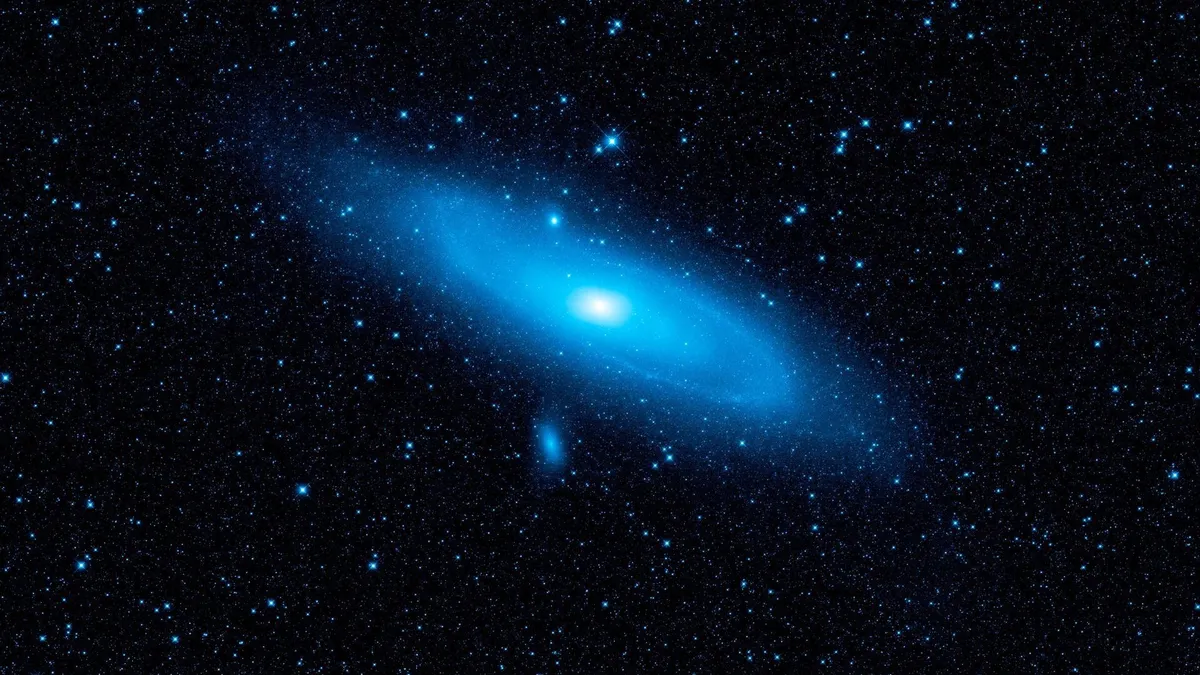
For nearly a century, scientists have known that the universe is expanding. But in recent decades, physicists have found that different types of measurements of the expansion rate — called the Hubble parameter — produce puzzling inconsistencies. To resolve this paradox, a new study suggests incorporating quantum effects into one prominent theory used to determine the expansion rate.

A colossal structure in the distant Universe is defying our understanding of how the Universe evolved. In light that has traveled for 6.9 billion years to reach us, astronomers have found a giant, almost perfect ring of galaxies, some 1.3 billion light-years in diameter. It doesn’t match any known structure or formation mechanism.

Is Stonehenge aligned with the moon? Scientists hope to find out during a rare ‘major lunar standstill, which happens once every 18.6 years.

The great planetary instability, which saw Jupiter and the other gas giants wander chaotically through the solar system, coincides with the collision that formed Earth’s moon. Could the two events be linked?
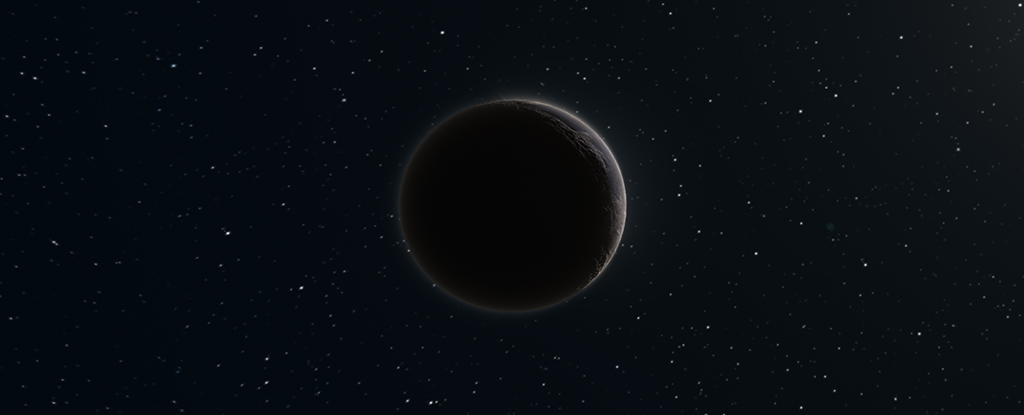
The hunt for the elusive Planet Nine goes on, and new research claims to have the “strongest statistical evidence yet” that there is such a planet orbiting somewhere around the far edges of the Solar System.
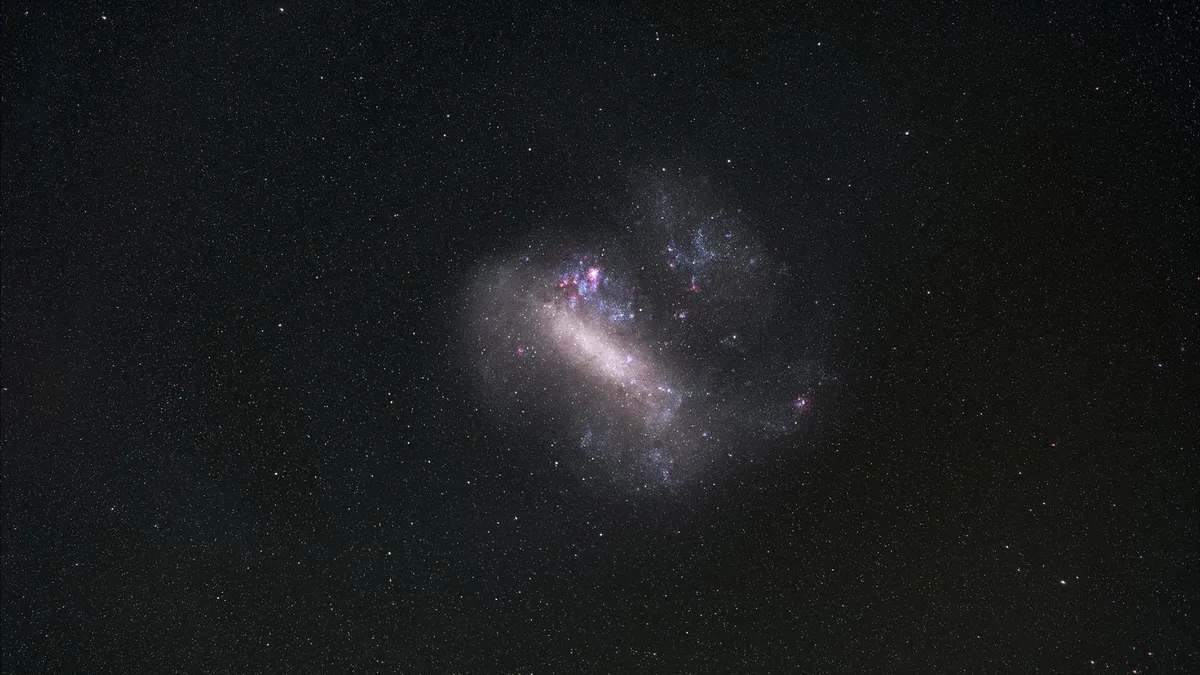
Scientists have identified one of the oldest known stars outside the Milky Way. The discovery, reported in March in the journal Nature Astronomy, has uncovered a relic from the early days of the universe in the Large Magellanic Cloud (LMC), a satellite galaxy of the Milky Way — and it’s revealing the conditions from a time before the sun even existed.

A small international team of planetary scientists has found evidence supporting the theory that the near-Earth asteroid Kamo’oalewa is ejecta from the moon. In their paper published in the journal Nature Astronomy, the group describes their data-driven models and what they revealed.

Ceres, the largest asteroid in our solar system, harbors a dark secret: extremely young ice deposits in permanently shadowed craters near its poles. If that sounds vaguely familiar, it’s because our moon and planet Mercury also have such polar ice deposits, which have been studied for decades. See the study here.

The rising and setting of the sun at Stonehenge, especially during the summer and winter solstices, continues to evoke joy, fascination and religious devotion. Now a project has been launched to delve into the lesser understood links that may exist between the monument and the moon during a rare lunar event.

The moment the sun went behind the moon, the snapping turtles all simultaneously slipped into the waters of Lake Tawakoni. Twilight painted the world. Clouds raced across the sky. Just beside the moon-covered sun sat bright Jupiter, shining in the middle of the day. Most birds and insects had grown hushed or gone completely silent.








